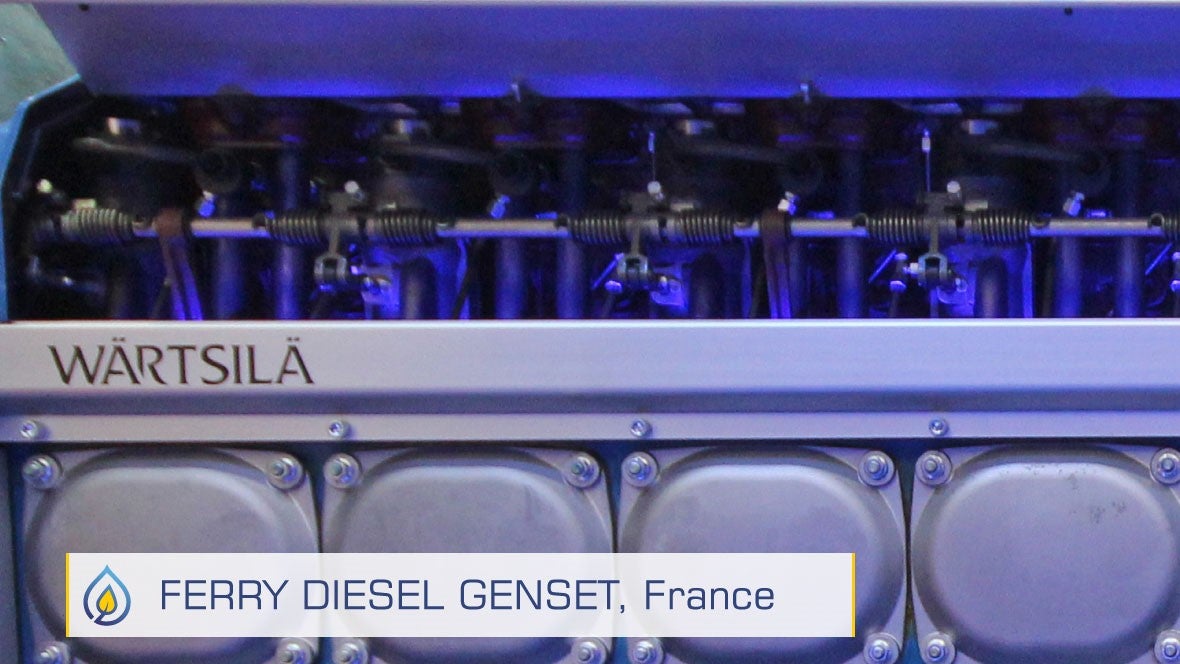
As part of its ongoing research into technological advances that reduce airborne emissions, a maritime company in charge of operating ferry services out of Marseille launched an environmental study in collaboration with XBEE SA to look at atmospheric emissions from its electric generators.
The actual measurements were conducted by experts from Kali’Air, a company that specialises in measuring air pollutants, and is both certified by the French Ministry of Ecology/Sustainable Development/Energy, and accredited by Cofrac (1-1848, 1-5567).
Prior to treatment with XBEE Enzyme Fuel Technology, a control trial was performed to collect data from a 1440kW DMA BTS auxiliary motor, known as the GE1 (a Wärtsilä model 8L20LF), just offshore Marseille on 26 August 2022.
Treatment of the GE1’s settling tank then began on 14 September. Following standard procedure, this was introduced as far upstream of combustion as possible (i.e., the storage bunkers) in order to maximise the allotted time for enzymes to act to clean the systems and fuel. A second trial was then performed on 21 October 2022, a little after a month after the treatment process began.
Kali’Air’s results show that XBEE Enzyme Fuel Technology produces a significant reduction in diesel engines’ carbon dioxide, nitrogen oxides, and particle emissions.
Furthermore, fuel consumption calculations based on observed GE1 performance factors:
- Control Trial (Aug. 26): 279.80 g/kWh
- Test Trial (Oct. 21): 230.00 g/kWh
show a 17.8% reduction in diesel fuel consumption.
These results show equivocally that XBEE Enzyme Fuel Technology had a positive impact on the electric generator’s combustion and efficiency through both measured emission volumes and energy output.
The reduction of carbon monoxide/dioxide, nitrogen oxide, and particle emissions, as well as volatile organic compounds, is naturally symptomatic of a more complete combustion and reduced fuel consumption, and this was then confirmed independently by the company’s own consumption calculations.
While elucidating a more exact normalisation procedure between velocity and gas flow rate variation would require additional research, we still manage to see a prominent trend towards reductions in greenhouse gas emissions and fuel consumption.
In addition, the same trends have repeatedly been verified in trials performed by diverse accredited laboratories, and on all engine and fuel types.
To view the full report, please visit the XBEE website.

